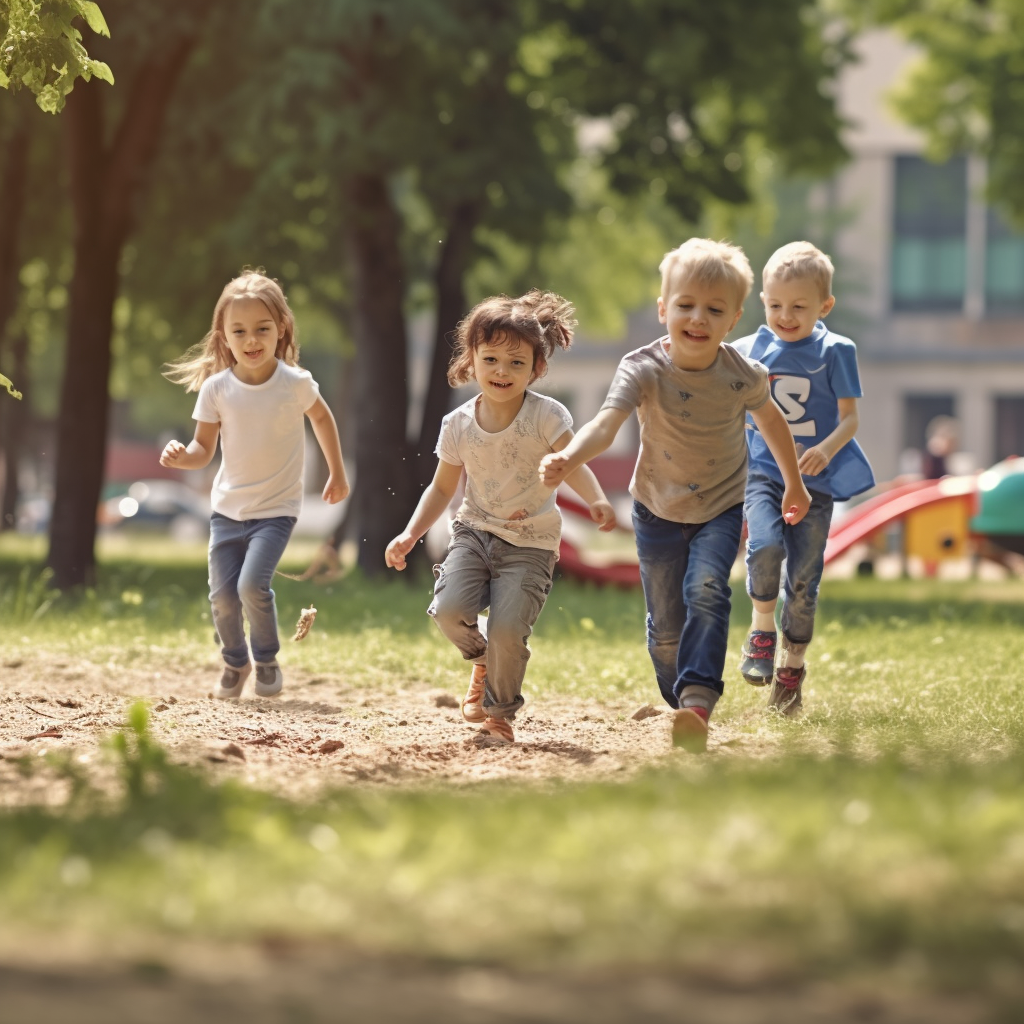October 10, 2023
Extreme Weather’s Impact on Children – Displacements, Vulnerabilities, Education
Book a Demo
Storms, floods, fires, and other extreme weather events have caused a staggering number of displacements involving children in recent years, according to a report by the United Nations. Between 2016 and 2021 alone, over 43 million children were forced to flee their homes due to the impact of these disasters.
The situation is projected to worsen in the coming decades, with the UNICEF report estimating that more than 113 million children will be displaced by climate-related events in the next 30 years. This prediction takes into account the risks posed by flooding rivers, cyclonic winds, and post-storm floods.
Certain regions are particularly vulnerable to climate hazards, putting children at even greater risk. The Horn of Africa and small Caribbean islands, for example, face multiple crises, including climate extremes, conflict, fragile institutions, and poverty. This combination of factors makes children in these areas especially susceptible to the devastating impacts of extreme weather events.
Floods have been a major cause of displacement, uprooting children over 19 million times in countries like India and China. Similarly, wildfires have had a significant impact on children’s lives, with approximately 810,000 displacements occurring in the United States and Canada.
Recognizing the urgent need to support children and their families in coping with such disasters, the report emphasizes the importance of shock-responsive, portable, and inclusive vital services. These services include access to education and healthcare, which can help children maintain a sense of normalcy and receive the necessary support during and after emergencies.
In an effort to raise awareness and foster preparedness, various educational initiatives have emerged. For instance, fifth-graders from Chautauqua Elementary School in Washington state have dedicated their podcast to discussing the importance of wildfire safety precautions. By sharing valuable information and personal experiences, these young students aim to educate their peers and communities about protecting themselves from the dangers of wildfires.
Similarly, a sixth-grade class from the Georgetown School of Innovation in California has launched a 10-episode series sharing stories from the devastating Mosquito Fire. Through their storytelling, these students not only shed light on the impacts of wildfires but also provide a platform for survivors to share their experiences and lessons learned.
Additionally, high schoolers from Morgan County High School in Kentucky have bravely shared firsthand accounts of the deadly flooding that occurred in eastern Kentucky last year. By recounting their experiences, these young individuals aim to raise awareness about the devastating consequences of floods and the urgent need for preparedness and support in vulnerable communities.
As extreme weather events continue to pose significant challenges, it is crucial to prioritize the safety and well-being of children. By investing in resilient infrastructure, early warning systems, and accessible services, communities can better prepare and respond to disasters, ultimately safeguarding the most vulnerable members of society – our children.



